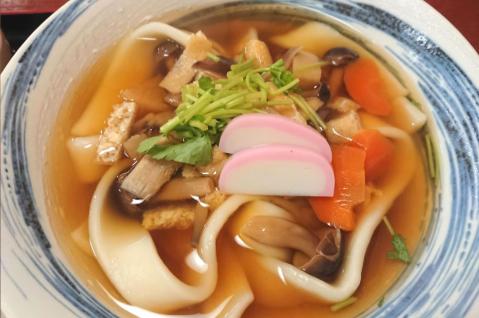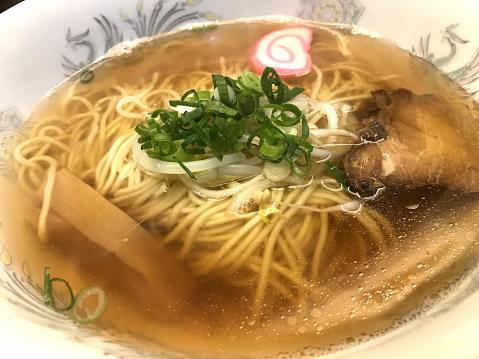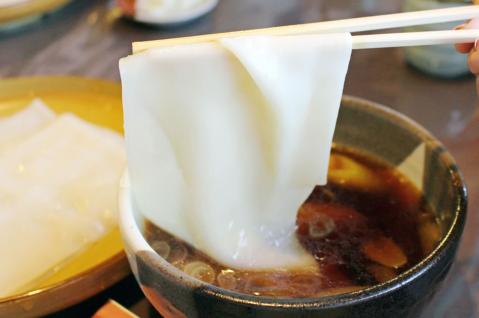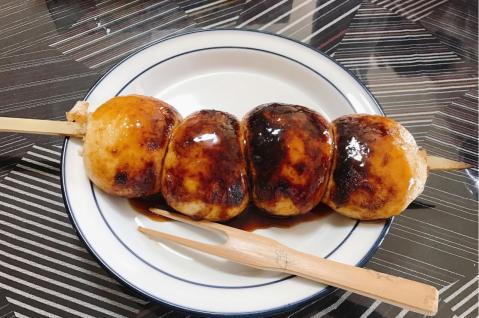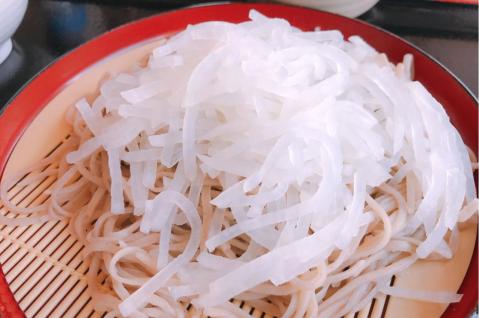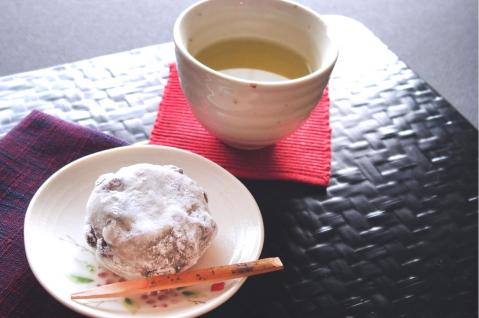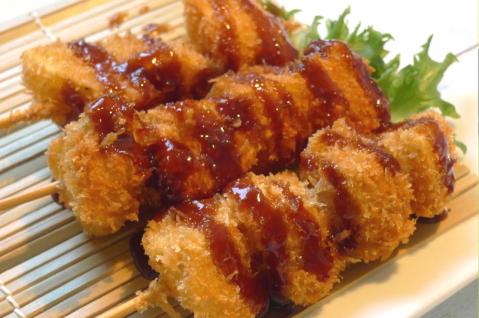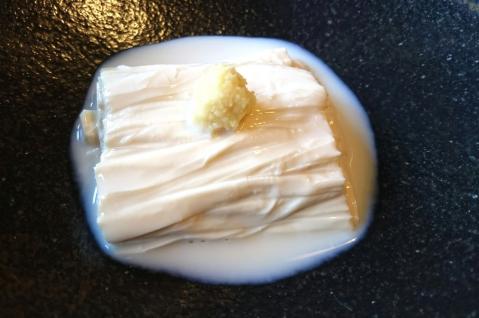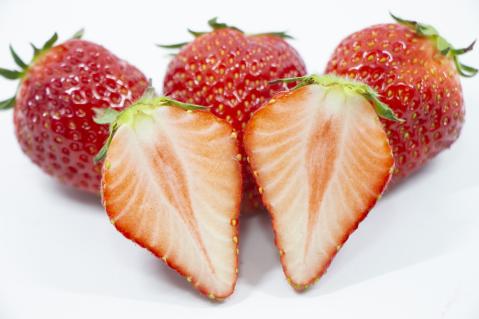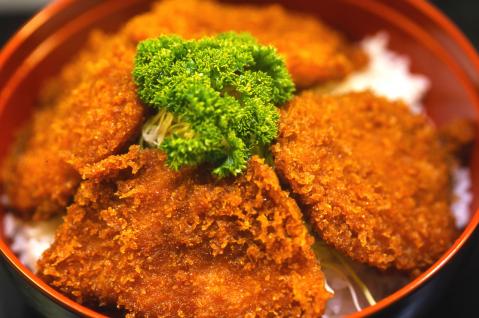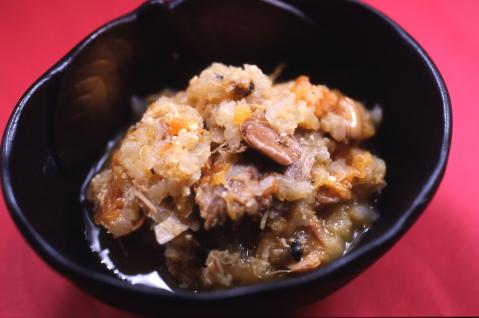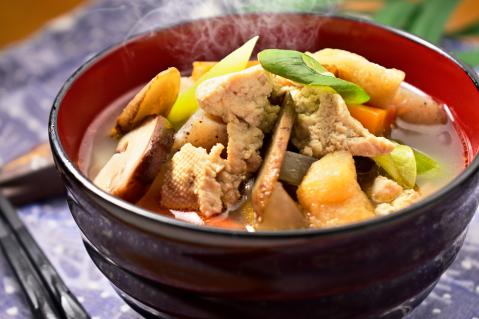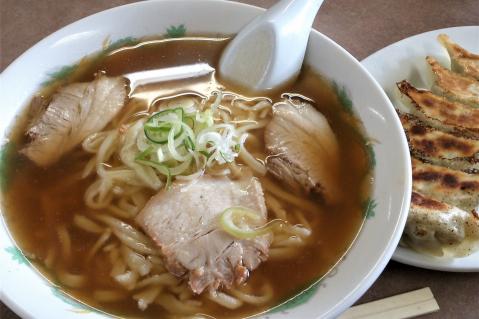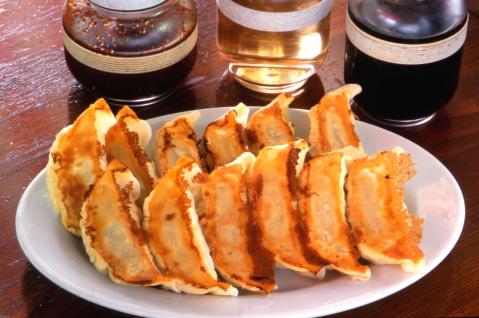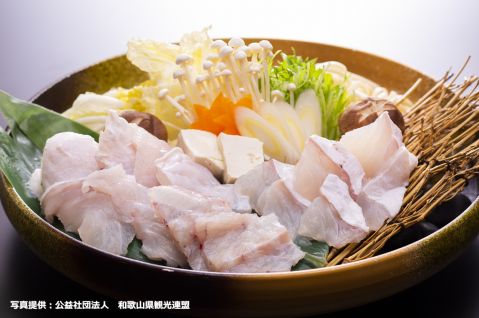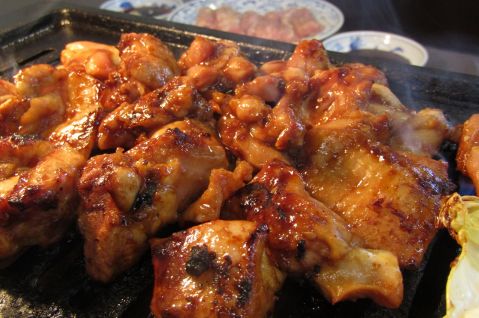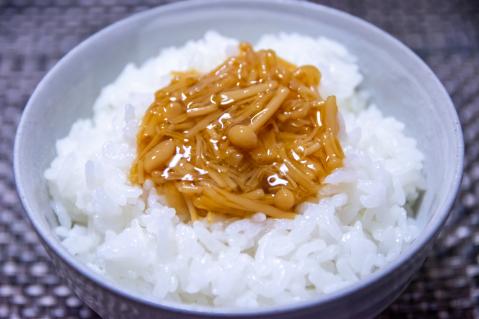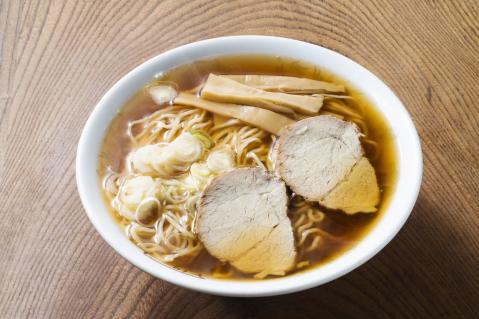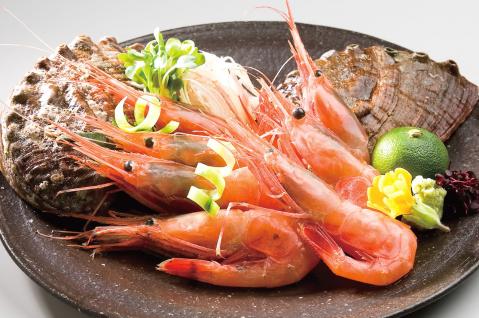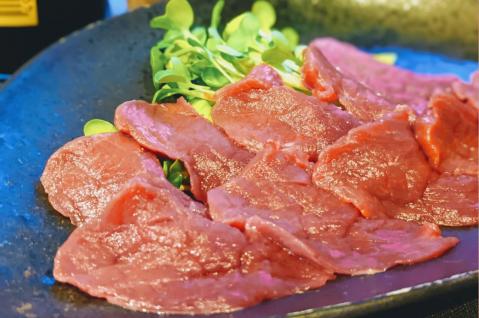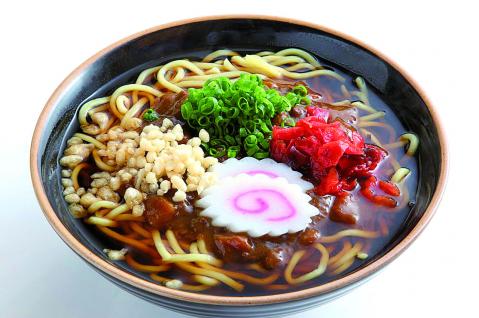Cooking Classes in Japan
airKitchen allows travelers from all around the world to book and experience authentic cooking classes. Chose your best cooking class from 1000+ classes.
Okkirikomi Udon
Okkirikomi Udon (おっきりこみうどん, Okkirikomi udon) is a traditional dish from Gunma Prefecture, made with wide, fresh wheat noodles and an assortment of s...
Takasaki Pasta
Takasaki Pasta (高崎パスタ, Takasaki pasuta) comes from Gunma Prefecture, a region blessed with long hours of sunlight even in winter and well-draining soil,...
Takasaki Ramen
Takasaki City in Gunma Prefecture is home to an impressive number of ramen shops, each passionately competing to stand out with their unique styles and flavo...
Himokawa Udon
Himokawa Udon (ひもかわうどん, Himokawa udon) is a beloved local dish originating from Kiryu City in Gunma Prefecture, renowned for its uniquely wide and fla...
Yaki Manju
Yaki Manju (焼きまんじゅう, Yaki Manju) is a beloved traditional sweet from Gunma Prefecture. Made from simple fermented and steamed wheat flour buns, this t...
Mizusawa Udon
Mizusawa Udon (水沢うどん, Mizusawa udon) is a beloved local specialty from the Mizusawa area of Shibukawa City, Gunma Prefecture. Recognized as one of Japan...
Daikon Soba
Daikon Soba (大根そば, Daikon soba) is a beloved local dish from Tochigi Prefecture that combines finely shredded daikon radish with soba noodles, exemplifyi...
Salted Bean Daifuku
Salted Bean Daifuku (塩豆大福, Shiomame Daifuku) is a classic Japanese confectionery highly beloved in Tochigi Prefecture. As the name suggests, this trea...
Fried Potato Skewers
Fried Potato Skewers (いもフライ, Imo Furai) originated after World War II when they were first sold from carts by vendors to local women working in Sano Cit...
Yuba
Yuba (ゆば, Yuba) is a traditional ingredient from Nikko, believed to have existed since the Nara period in Japan. The kanji used for Yuba in Nikko is "湯波,...
Tochiotome
Tochigi Prefecture is recognized as Japan's "Strawberry Kingdom," maintaining the highest strawberry production for over half a century. Among its many varie...
Sauce Katsu Don
Sauce Katsu Don (ソースカツ丼) is a regional specialty in Tochigi Prefecture, offering a unique twist on the classic katsudon (deep-fried pork cutlet bowl to...
Shimotsukare
Shimotsukare (しもつかれ) is a ceremonial dish traditionally offered to Inari Shrines on "Hatsuuma," the first Horse Day of February, alongside red rice. Thi...
Kenchin Soup
Kenchin Soup (けんちん汁, Kenchin-jiru) is a traditional dish from Tochigi Prefecture. This comforting soup is packed with fresh root vegetables and tofu, ma...
Sano Ramen
Sano Ramen (佐野ラーメン, Sano ramen) is a beloved local specialty of Sano City in Tochigi Prefecture, known for its hand-rolled noodles made with a bamboo p...
Utsunomiya Gyoza
When you think of Utsunomiya, you think of gyoza, and when you think of gyoza, it’s Utsunomiya! There's even a statue dedicated to gyoza in front of Utsunomi...

